
A natural approach to bunion rehabilitation can, in many cases, be very helpful in preventing the deformity from getting worse, though this always depends on the severity of the bunion and how long the problem has existed before beginning a foot and toe rehabilitation program.
In our experience, we have found that the Big Toe Stretch is an effective frontline approach in preventing the worsening of a bunion. This exercise can be performed on a regular basis to help stretch a tight adductor hallucis muscle (a common finding in people with bunions). Stretching the tight muscles and tendons on the inside aspect of the big toe is an important step in preventing a worsening of the bunion deformity, however, performing this stretch alone may not be enough for most people to successfully reverse their bunion, especially if the bunion has been present for a long time and the tissues that surround and act upon the big toe are tight and stiff.
For most people, using Correct Toes toe spacers in combination with men’s and women’s foot-healthy footwear (i.e., footwear that respects normal and natural foot and toe anatomy) is one of the most effective strategies in reversing bunions or preventing bunions from worsening. It is vitally important to avoid using footwear (that’s any footwear with a tapering toe box) that forces your toes into a bunion configuration. Simple and unobtrusive metatarsal pads (as well as toe socks) can also be very useful in realigning the toes, including the big toe, and the FootFitter Shoe Stretcher can help modify footwear to better accommodate the bunion deformity and prevent rubbing. BlackBoard ToeBands are another tool you can use to prevent a bunion from getting worse and build stronger feet. There are also several easy exercises (in addition to the Big Toe Stretch) that help manage existing bunions, and they are demonstrated in this video.
If you want to learn more about bunions and their true underlying cause, as well as natural, non-invasive, and non-surgical approaches to this common foot problem, this video provides some excellent insight.

WANT TO IMPROVE YOUR FOOT HEALTH?
Let the team at Natural Footgear help you! Subscribe to our newsletter for the latest offers and helpful info, and sign up for our FREE email courses on various topics and foot health conditions.
Sign Up →
Want to Improve Your Foot Health?
We are here to help you every step of the way. Get our newsletter for the latest offers and helpful info, and sign up for our FREE email courses on various topics and conditions, including bunions, hammertoes, neuromas, plantar fasciosis, shin splints, ingrown toenails, and more.
Sign Up →
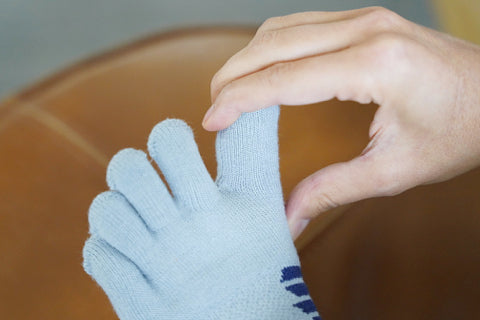 The short answer is yes! But this depends on the severity of the bunion deformity and how long the problem has existed before beginning a bunion rehabilitation program. In our experience, we have found that the Big Toe Stretch is a helpful first-line exercise in achieving bunion correction. Stretching the tight muscles and tendons on the inside aspect of the big toe is an important step in this process, though...
Read more
The short answer is yes! But this depends on the severity of the bunion deformity and how long the problem has existed before beginning a bunion rehabilitation program. In our experience, we have found that the Big Toe Stretch is a helpful first-line exercise in achieving bunion correction. Stretching the tight muscles and tendons on the inside aspect of the big toe is an important step in this process, though...
Read more




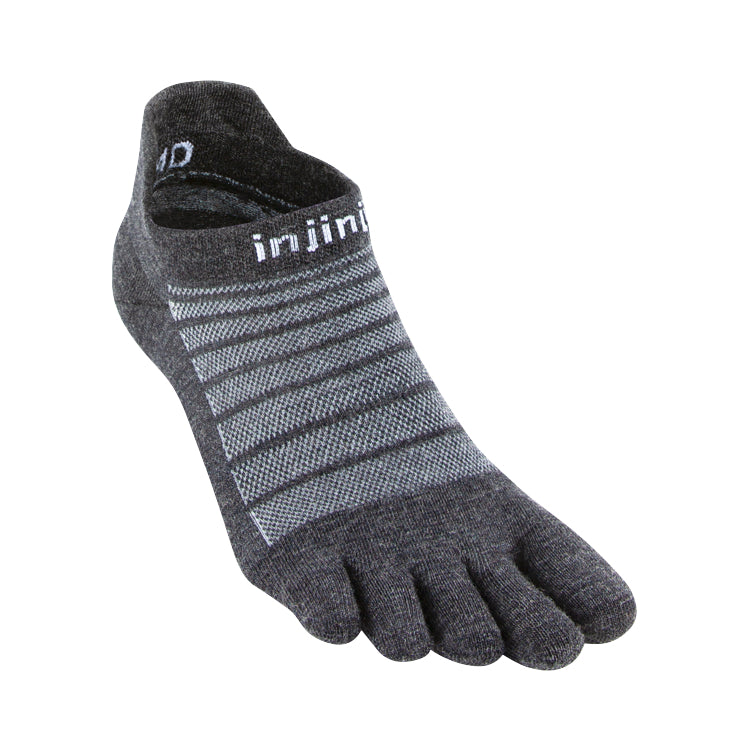

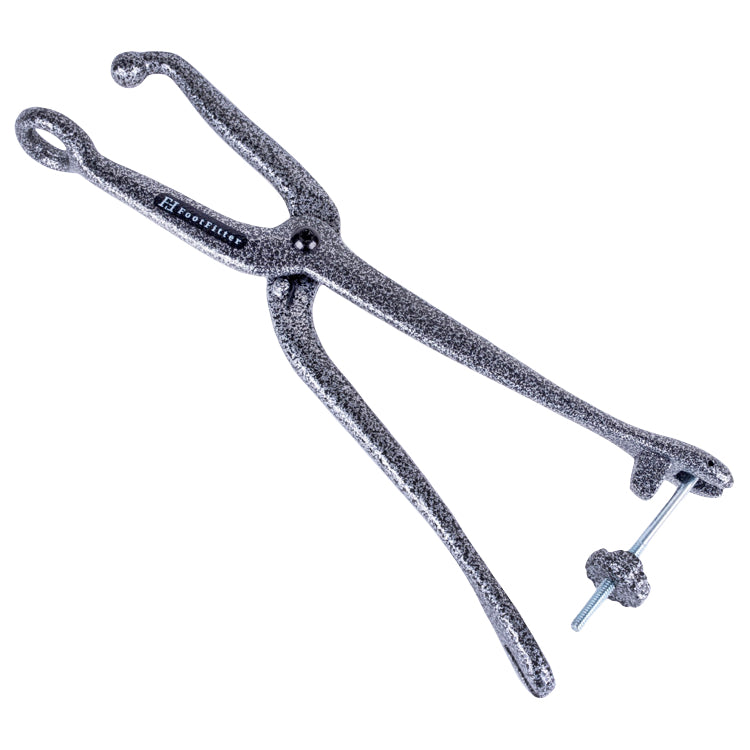
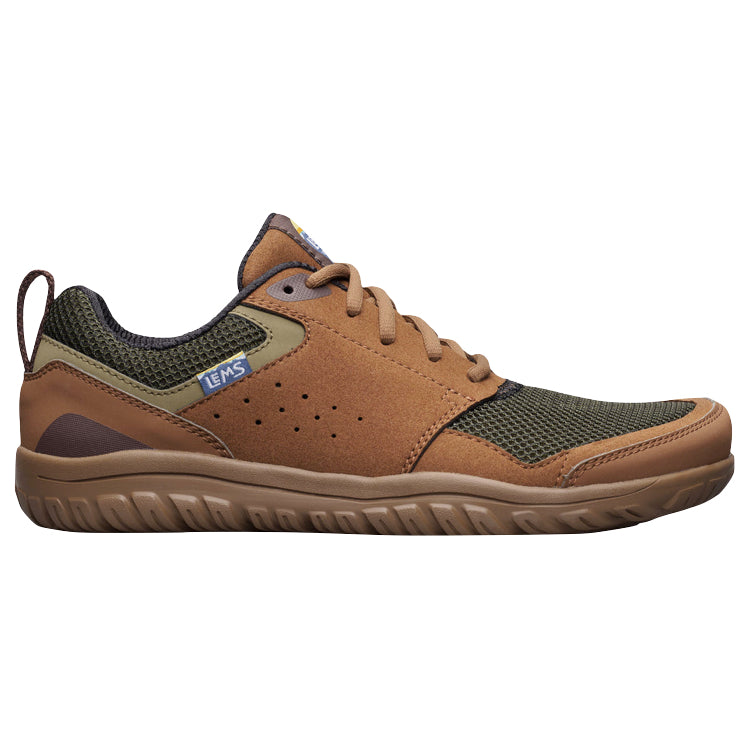
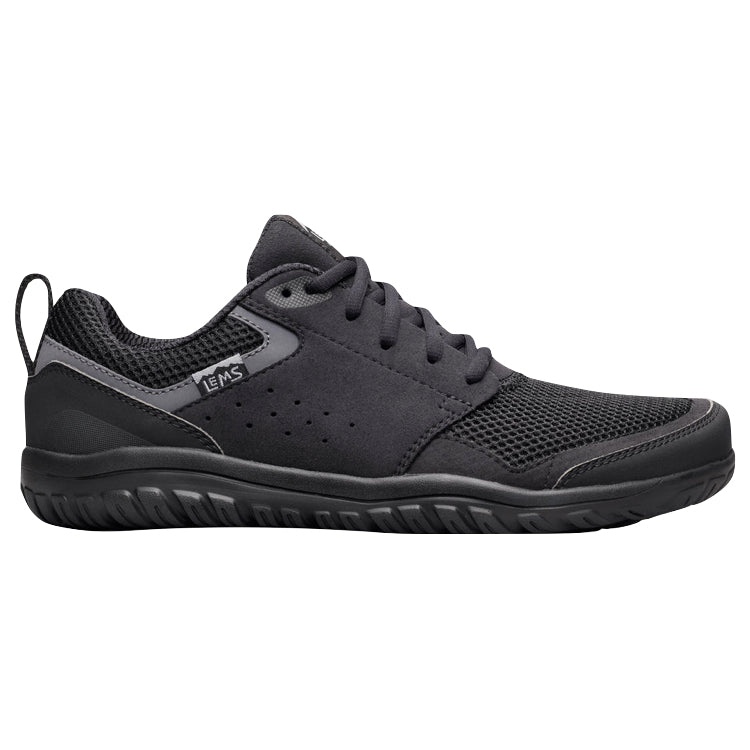



I had issues with a mild bunion that almost had gout-like symptoms after I had heart surgery back at the end of 2019 (with my recovery expanding into early 2020). I had been wearing regular shoes with arch support previously and then went barefoot for 3 months. I have used all the advice listed in the article. Foot-healthy shoes, Correct Toes with toe socks, metatarsal pads, etc., and I’ve got to say that the advice is solid. I wasn’t sold on metatarsal pads until I used them, and I’m glad I came around. Though, for full disclosure, it takes months to get over the adjustment to the changes and more months to see results.
The only thing I’d recommend is that Hatha yoga, particularly one-legged balancing poses, really gives the feet a workout in a way that is unmatched. My chiropractor has complimented me on the changes in my feet over the last few years. I’ll say this: Bunion surgery, particularly the shaving of bones to get the foot’s shape reverted to a non-bunion shape, when combined with a 70% recurrence rate, seems like an insane choice, absent chronic, debilitating pain, when compared to spending a few hundred dollars on new shoes and socks.
Thank you for your wise words, Aaron! And thank you for sharing a bit about your experience with natural foot rehabilitation approaches. We’re glad to hear that you’ve benefited from the footgear and strategies we feature and mention on our site. We wish you much continued success on your journey to optimal foot health!
All the best,
Marty Hughes, DC